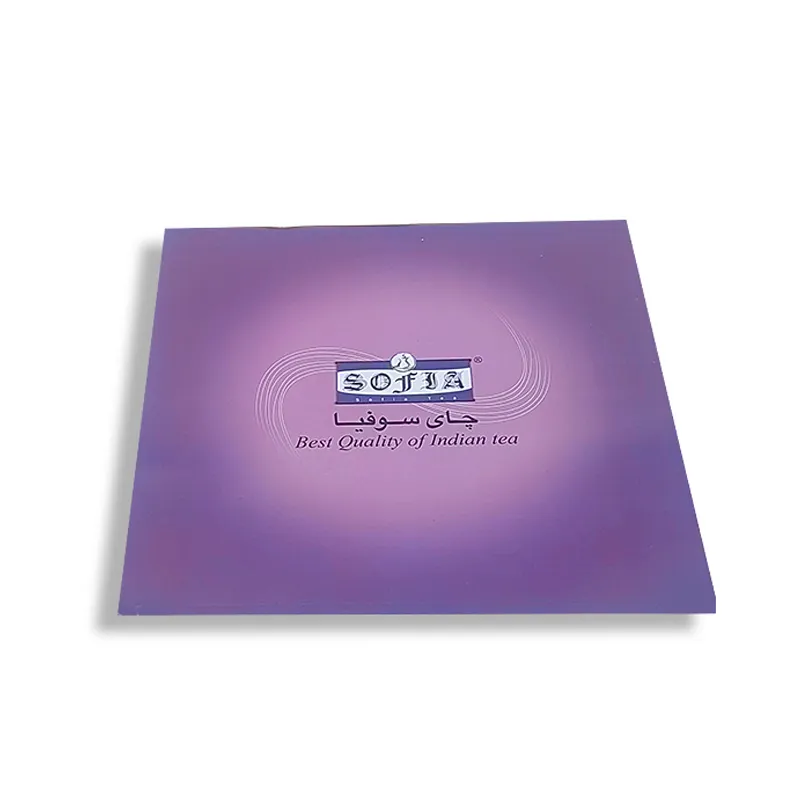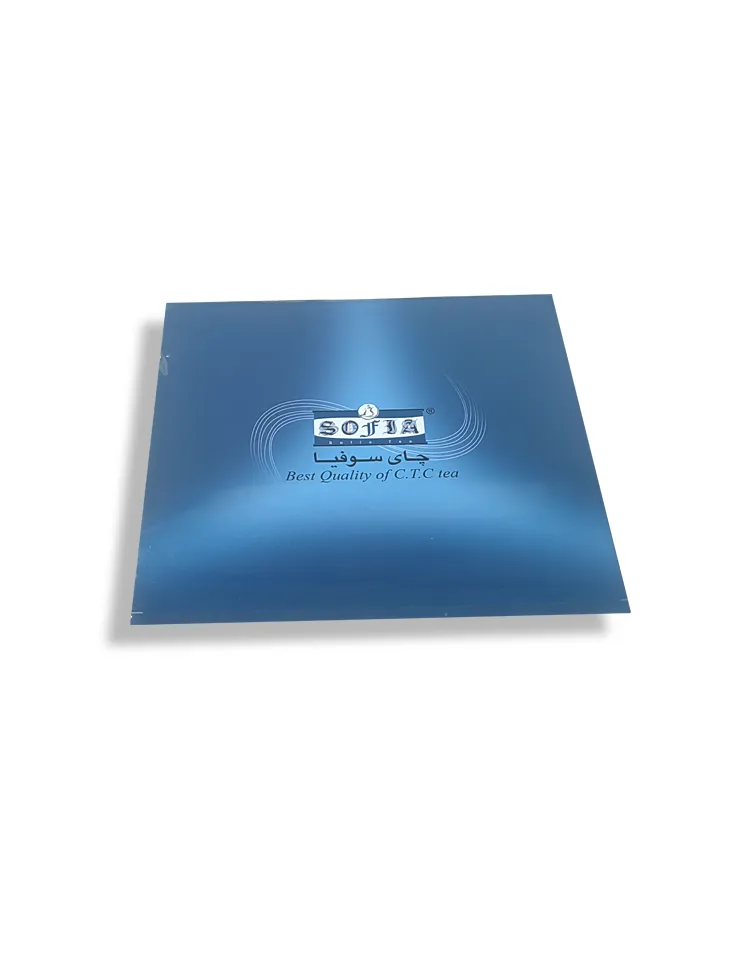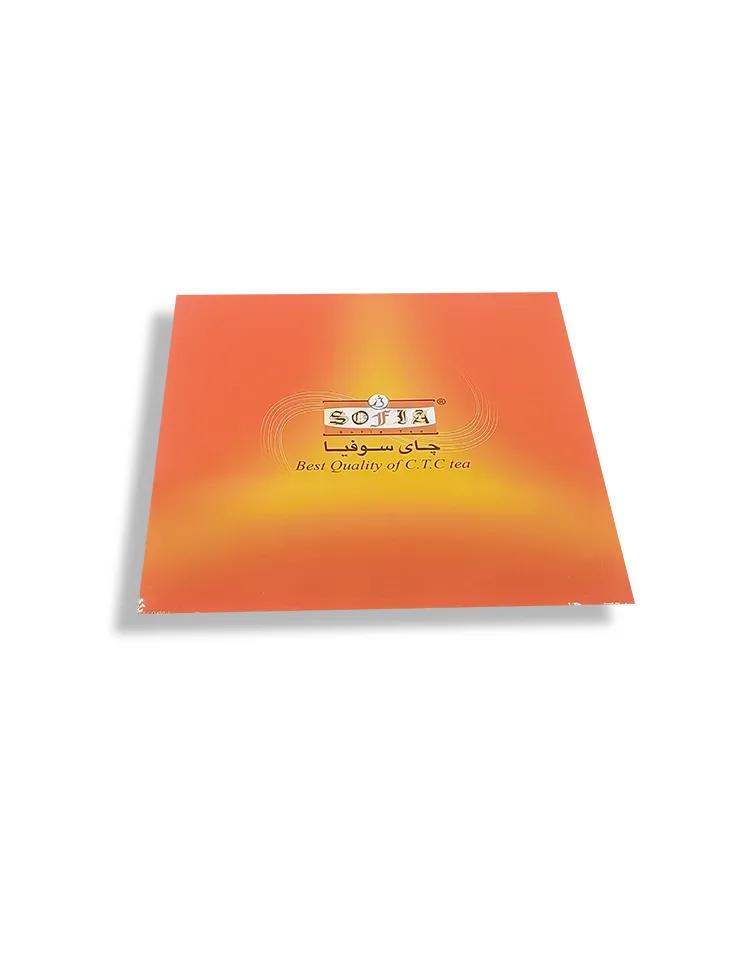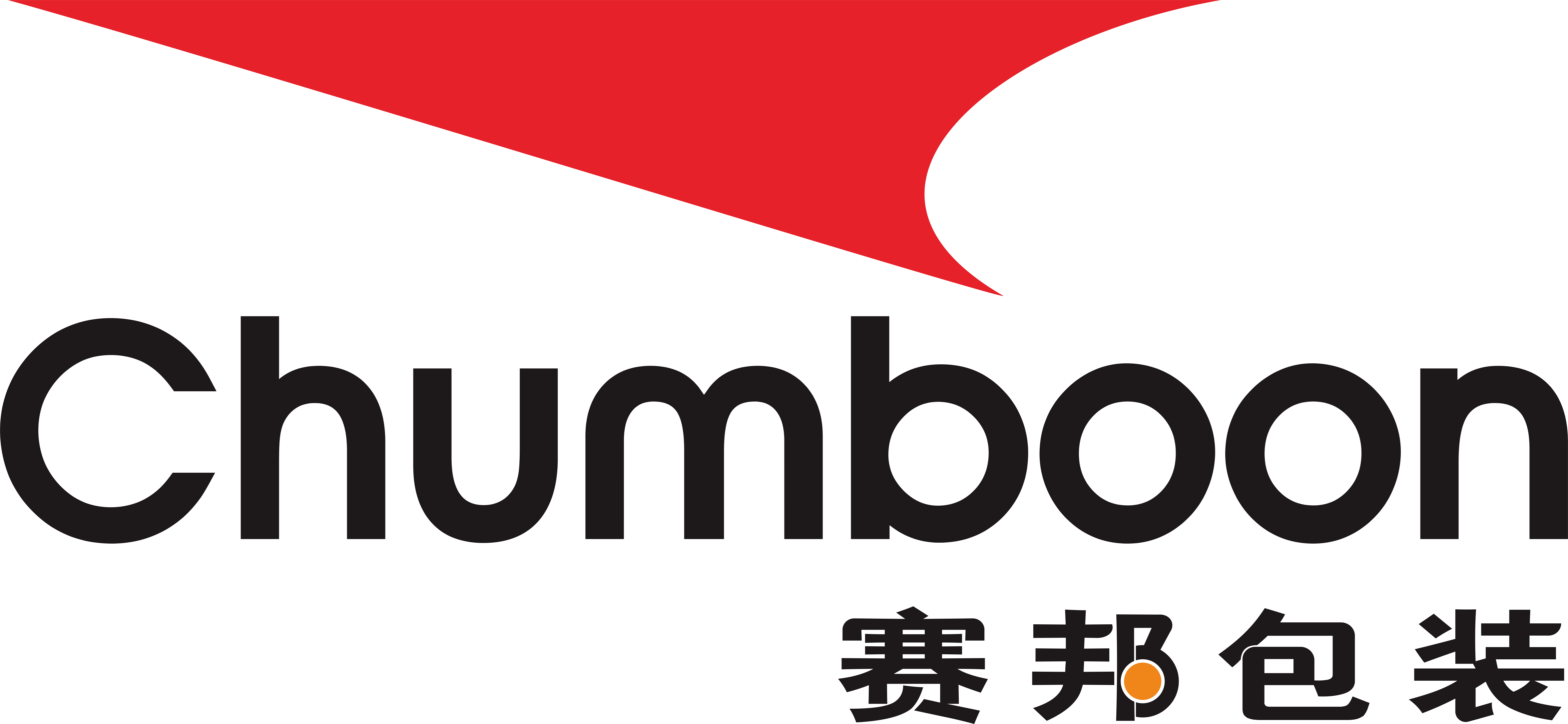
In the modern packaging industry, tinplate has become one of the main packaging materials in the food, beverage, chemical and other industries due to its excellent anti-corrosion performance, strength and beautiful surface effect. In particular, printed tinplate, because it can give the packaging rich colors and patterns, not only enhances the appearance value of the product, but also enhances brand recognition. However, many people do not know much about the process complexity of printed tinplate.
This article will discuss in detail the process flow, technical difficulties, equipment requirements and fine control in operation of printed tinplate from multiple angles to answer the question "Is the process of printing tinplate sheet complicated?"
What is tinplate?
Tinplate is a composite metal material with cold-rolled steel plate as the base material and tinned on its surface. It has good corrosion resistance, ductility and strength. Due to its good anti-corrosion performance, smooth surface and easy coating, tinplate is often used in food cans, beverage cans, chemical containers and other metal packaging materials.
What is printed tinplate?
Printed tinplate refers to color printing on the treated tinplate surface to obtain specific patterns, texts or color effects. Printed tinplate is widely used in commodity packaging, which not only enhances the visual appeal of the product, but also improves the functionality of the packaging, such as anti-corrosion, moisture-proof, and product protection.
What are the application areas of printed tinplate?
Printed tinplate is widely used in the packaging of food, beverages, cosmetics, medicines and electronic products. For example, common canned beverages, food cans, and some high-end gift boxes are all printed on the surface of tinplate to improve the appearance and market competitiveness.

What is the process flow of printed tinplate?
The process flow of printed tinplate involves multiple steps, and each step requires sophisticated technology and equipment to ensure the high quality of the final printing effect. Although the basic principle of printed tinplate is similar to that of paper printing, due to the physical properties of tinplate, its printing process is much more complicated than ordinary paper printing.
Pretreatment
Before printing tinplate, the surface of the tinplate must be properly treated to ensure that its surface is clean and smooth so that subsequent printing can achieve the desired effect. Pretreatment mainly includes the following steps:
● Degreasing: There may be residual oil, oxides or other impurities on the surface of tinplate, which will affect the adhesion of printing. Therefore, the surface of tinplate needs to be degreased, usually by chemical or mechanical means to remove surface contaminants.
● Cleaning: After degreasing, the surface of tinplate needs to be cleaned to remove the residues and impurities after chemical treatment.
● Drying: The cleaned tinplate must be thoroughly dried to avoid moisture affecting the adhesion and uniformity of the printing ink.
Primer
Before actual printing, a layer of primer is usually applied to the surface of tinplate. This primer helps to enhance the adhesion of the ink and provide a smooth base surface, making the subsequent pattern printing clearer and brighter.
● Primer material selection: Primers are usually made of special coatings that can form a good bond with the tinplate surface. The selection of primers needs to take into account the purpose of the final product, such as whether corrosion resistance or high temperature resistance is required.
● Coating process: The primer is usually coated by roller coating, and the coating process requires uniformity and moderate thickness to ensure that the printed surface is smooth and free of bubbles or particles.
Printing process
The core step of printing tinplate is to print patterns, text or colors on the tinplate surface through specific printing technology. The main method of printing tinplate sheet is offset printing, which is also the most common printing method at present.
● Offset printing process: Offset printing is an indirect printing method, that is, the ink is transferred from the printing plate to the tinplate surface through a rubber cloth. Offset printing has the advantages of high printing accuracy, good color reproduction, and strong adaptability, and is especially suitable for large-scale batch production.
The steps of offset printing mainly include:
1. Plate making: According to the design pattern, a metal printing plate is made. The accuracy and quality of plate making directly affect the final printing effect.
2. Color matching: Before printing, the color of the ink needs to be matched according to the color requirements of the design pattern to ensure color consistency during the printing process.
3. Printing: The adjusted ink is transferred to the tinplate surface through the printing plate. Because the surface of tinplate is different from paper and has low adsorption to ink, the pressure, speed and temperature control during the printing process need to be more precise than paper printing.
● Multi-color overprinting: Complex patterns and colors usually require multiple printings, and each color needs to go through a separate printing step. Therefore, multi-color overprinting is often involved when printing tinplate sheet, requiring the pattern to be accurately aligned each time. This places high demands on the precision and operating technology of the equipment.
Drying and curing
After printing, the ink needs to go through the drying and curing process to be firmly attached to the tinplate surface. Different inks require different drying conditions, usually including ultraviolet (UV) curing and thermal curing.
● UV curing: When using UV curing ink, the ink is quickly cured by ultraviolet irradiation. This method has a fast curing speed and high efficiency, and is suitable for mass production.
● Thermal curing: For some printed products that require higher temperature resistance, a thermal curing process is used. The solvent in the ink is volatilized and cured through a high-temperature drying furnace, thereby increasing the wear resistance and stability of the pattern.
Surface coating
In order to improve the wear resistance, corrosion resistance and surface gloss of printed tinplate, a transparent protective coating is usually applied to the tinplate surface after printing. This coating not only enhances the visual effect of the printed pattern, but also prolongs the service life of the packaging material.
● Coating material: The material of the surface coating is mainly transparent coating, which has good protective performance and gloss. According to the different uses of the product, the coating material can have different chemical compositions to meet the needs of corrosion resistance, high temperature resistance, etc.
● Coating process: The coating process of the surface coating is similar to that of the primer, and the roller coating process is usually adopted to ensure that the coating is uniform and free of bubbles.

Complexity of the printing tinplate process
Technical difficulties
Although the basic principle of printing tinplate sheet is similar to that of paper printing, there are many technical difficulties in its printing process due to the physical properties of tinplate.
● Surface smoothness: The surface of tinplate is smooth and non-adsorbent, which makes it difficult for ink to adhere. Therefore, special attention should be paid to the type of ink, coating process and curing process during printing to ensure that the ink can be firmly attached to the tinplate surface.
● Ink drying speed: Tinplate does not have the ability to absorb ink, which means that the drying of ink depends entirely on external conditions, such as drying temperature and curing time. If the drying speed is too slow, the printed product is prone to adhesion; if it is too fast, the ink layer may be unstable, affecting the printing quality.
● Multi-color overprinting accuracy: When printing tinplate sheet, multi-color overprinting is a common operation. Since the surface of tinplate is hard and smooth, a slight deviation may cause pattern distortion or color inaccuracy. The printing equipment is required to have extremely high precision, and the operator must also have rich experience and technology.
Equipment requirements
The process complexity of printing tinplate is also reflected in the high requirements for equipment. Compared with ordinary paper printing equipment, the equipment for printing tinplate is more complex, especially in the transmission system, temperature control system and printing pressure adjustment. Precision design and control are required.
● Transmission system: Printing tinplate requires a precise transmission system to ensure that each tinplate is accurately positioned during the printing process. The transmission system usually includes components such as conveyor belts, clamps, and rollers. These components require high-precision design and manufacturing to ensure that the position stability of the material can be maintained during high-speed operation, thereby ensuring accurate alignment of the printed pattern.
● Temperature control system: Since the printing process involves the drying and curing of ink, the temperature control system is a key component of the printing equipment. Especially in the thermal curing process, the equipment needs to provide a stable high temperature environment, and in UV curing, the equipment requires a stable ultraviolet irradiation intensity. These temperature control systems must be able to be precisely adjusted to adapt to different ink and coating requirements.
● Printing pressure adjustment: When printing tinplate sheet, the adjustment of printing pressure is crucial. Excessive pressure may cause deformation of the tinplate surface or ink overflow, while too little pressure may cause unclear patterns. The equipment needs to have precise pressure adjustment functions and be able to maintain consistency during the production process.
Fine control in operation
The process of printing tinplate not only relies on the high precision of the equipment, but also requires fine control during operation to ensure the stability and consistency of the printing effect. Fine control in operation mainly includes the following aspects:
● Ink formulation and blending: The formulation and blending of inks are crucial to printing quality. Operators need to mix inks according to design requirements and ensure that each batch of ink has consistent color and moderate viscosity. This usually requires sophisticated measuring tools and mixing techniques.
● Printing parameter setting: During the actual printing process, operators need to set parameters such as the speed, pressure, and ink volume of the printing press. The setting of these parameters must be rigorously tested and adjusted to ensure that each batch of printed products meets quality standards.
● Quality inspection and adjustment: During the printing process, the quality of printed products needs to be monitored and tested in real time, including color accuracy, pattern clarity, and surface uniformity. After discovering a problem, operators need to quickly adjust equipment parameters or replace materials to ensure the quality of the final product.
● Maintenance and care: In order to maintain the good condition and stability of the equipment, regular maintenance and care are essential. This includes cleaning the equipment, checking component wear, calibrating sensors, etc. to avoid the impact of equipment failure on production.

